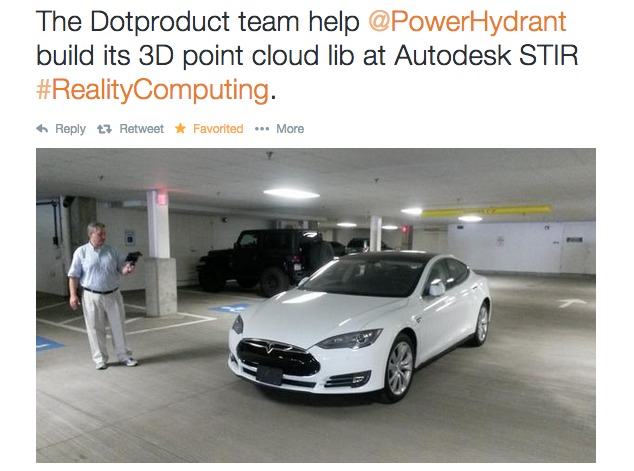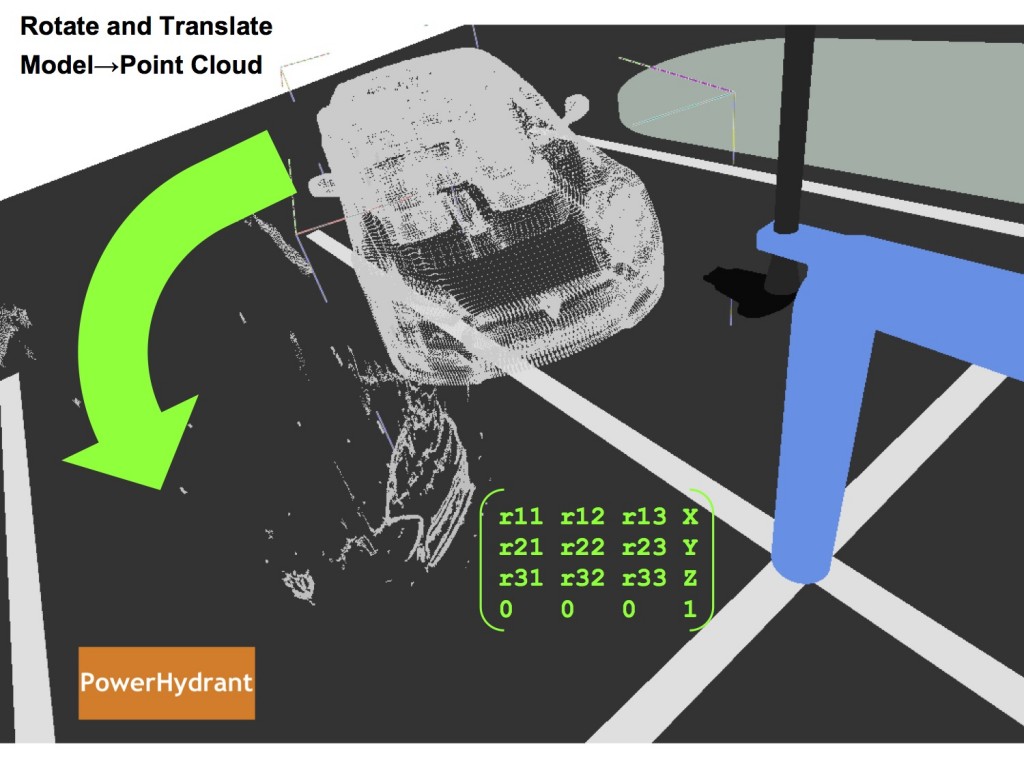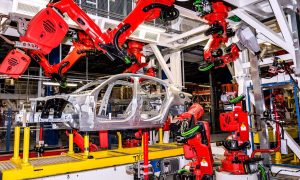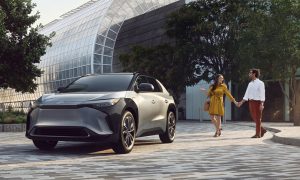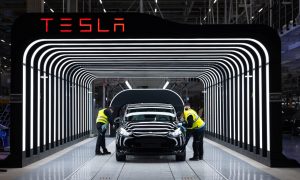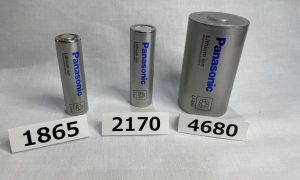Lifestyle
PowerHydrant Charges Tesla Using Robotic Arm
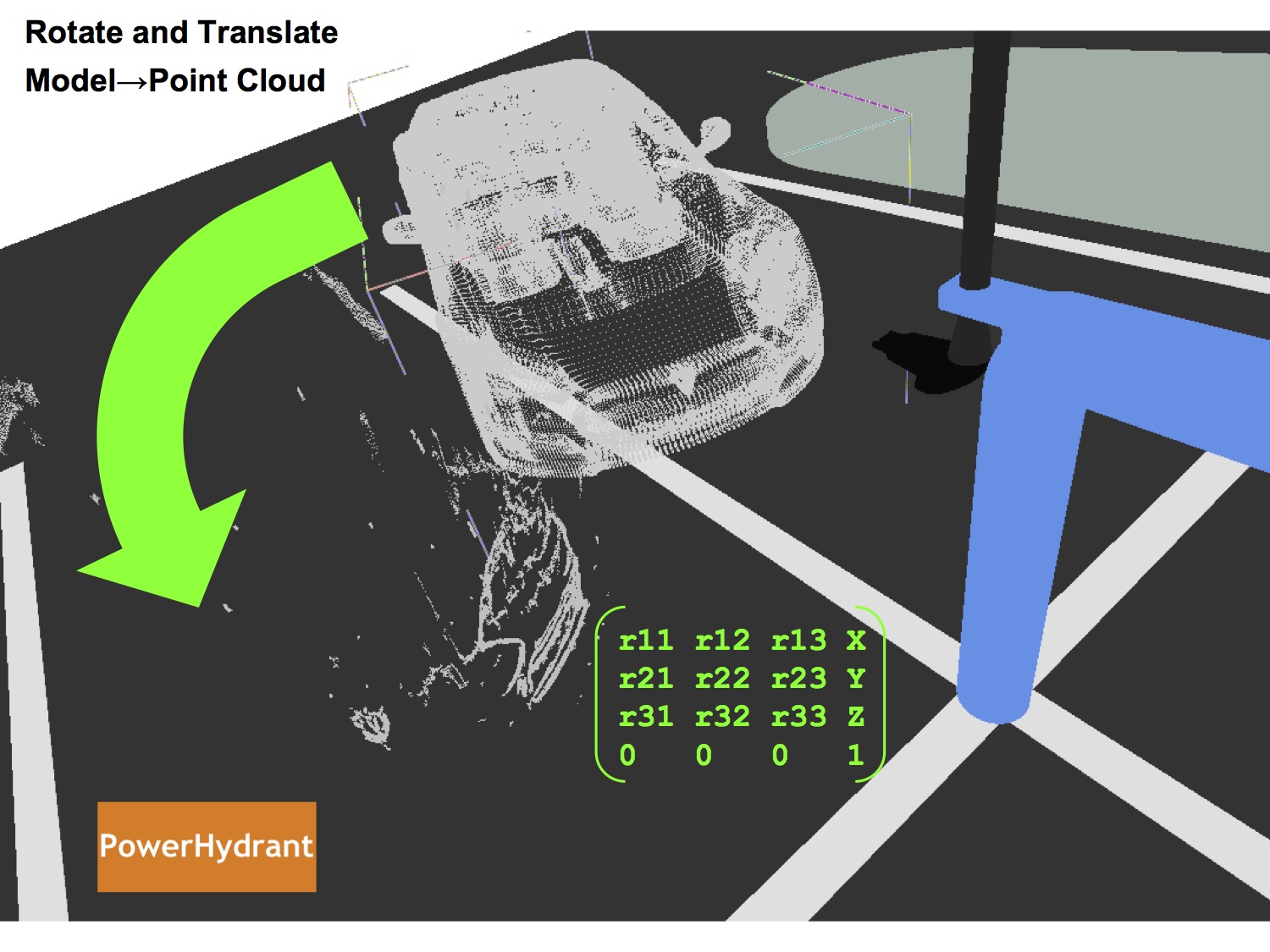
We’ve been obsessed with wireless inductive charging lately because from a technology standpoint, it just seems so magical. Hands-free charging with zero hassle. Who wouldn’t love that? There’s even been talks that these systems may be the next evolution of charging that could bring battery electric vehicles (EV) to mass market, but all only if it can overcome its inefficiencies and transfer energy at a rate comparable to (if not better than) cables.
During our obsessive research, we discovered another startup company by the name of PowerHydrant looking to revolutionize the way EV owners think about hands-free charging.
What if a robotic arm could charge your car for you? Would you let it? Imagine parking your Tesla Model S and walking away, knowing it is charging without you having to touch any cords whatsoever.
PowerHydrant Takes the Plug Away From Your Hands
The thought of driving any EV into a parking space without worrying about charging is a promise that has escaped us, so far. Ideally, we would have a single universal hands-free system that automatically detects which EV requires a charge and comes to the rescue. You don’t see it? Well, imagine living in a world of EVs. A world where each vehicle’s life blood is controlled by a machine. Like a scene out of the Matrix, a robotic arm unplugs and sets the adjoining Tesla Roadster free from its charging machine, before plugging into your Tesla Model S.
PowerHydrant’s computer-vision robot is capable of servicing multiple EVs simultaneously, up to four per device, on a time-shared basis. What it seeks to do is set two important trends: the commoditization of human-service robots and the realization of low-cost embedded vision.
How it Works
PowerHydrant’s system will automatically align to any electric car and will also handle all charging levels, from Level 1 (110V), to Level 2 (240V), up to 120kW DC fast charging, and even beyond. PowerHydrant claims a 99% efficiency, on par with most hand-cable systems.
Using image sensors, PowerHydrant’s robotic arm will connect to any and start charging without you having to touch a charging cable. The company is testing the system on their personal Model S test vehicle.
Using the latest 3D depth sensing technology, PowerHydrant constructed an actual point cloud representation of the Tesla Model S. Every nut, bolt and curvature of the vehicle is sensed by the PowerHydrant therefore letting the system know how to navigate around the virtual perimeter of the vehicle before engaging a proprietary plug port on the vehicle.
When asked about its safety in use, Kevin Leary, Founder and CEO of PowerHydrant, says:
“PowerHydrant is a friendly robot intended to work around and with people. No risk to the dog, kids or grandma … Like all well-designed systems, PowerHydrant well have other fail-safe mechanisms.”
The Future
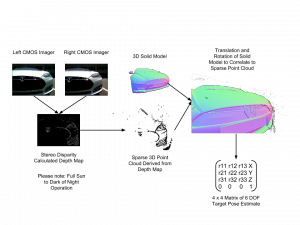 The thought of PowerHydrant introducing a universal charging solution for EVs should make it a serious contender in the world of efficient hands-free systems. We can also see how this universal hands-free system could come in handy as you pick up the kids from school and have to guide a herd of famished children home, while carrying dinner without the extra hassle of having to plug in the car. Mostly, we feel this simple solution offers an elegant design for apartment complexes and condos where parking space is at a premium. One arm feeds four electric car.
The thought of PowerHydrant introducing a universal charging solution for EVs should make it a serious contender in the world of efficient hands-free systems. We can also see how this universal hands-free system could come in handy as you pick up the kids from school and have to guide a herd of famished children home, while carrying dinner without the extra hassle of having to plug in the car. Mostly, we feel this simple solution offers an elegant design for apartment complexes and condos where parking space is at a premium. One arm feeds four electric car.
We will keep a close eye on PowerHydrant and see how the system will continue to make our EV life a little more convenient by removing the hassle of plugging in at the end of the day.
PowerHydrant
Elon Musk
X account with 184 followers inadvertently saves US space program amid Musk-Trump row
Needless to say, the X user has far more than 184 followers today after his level-headed feat.
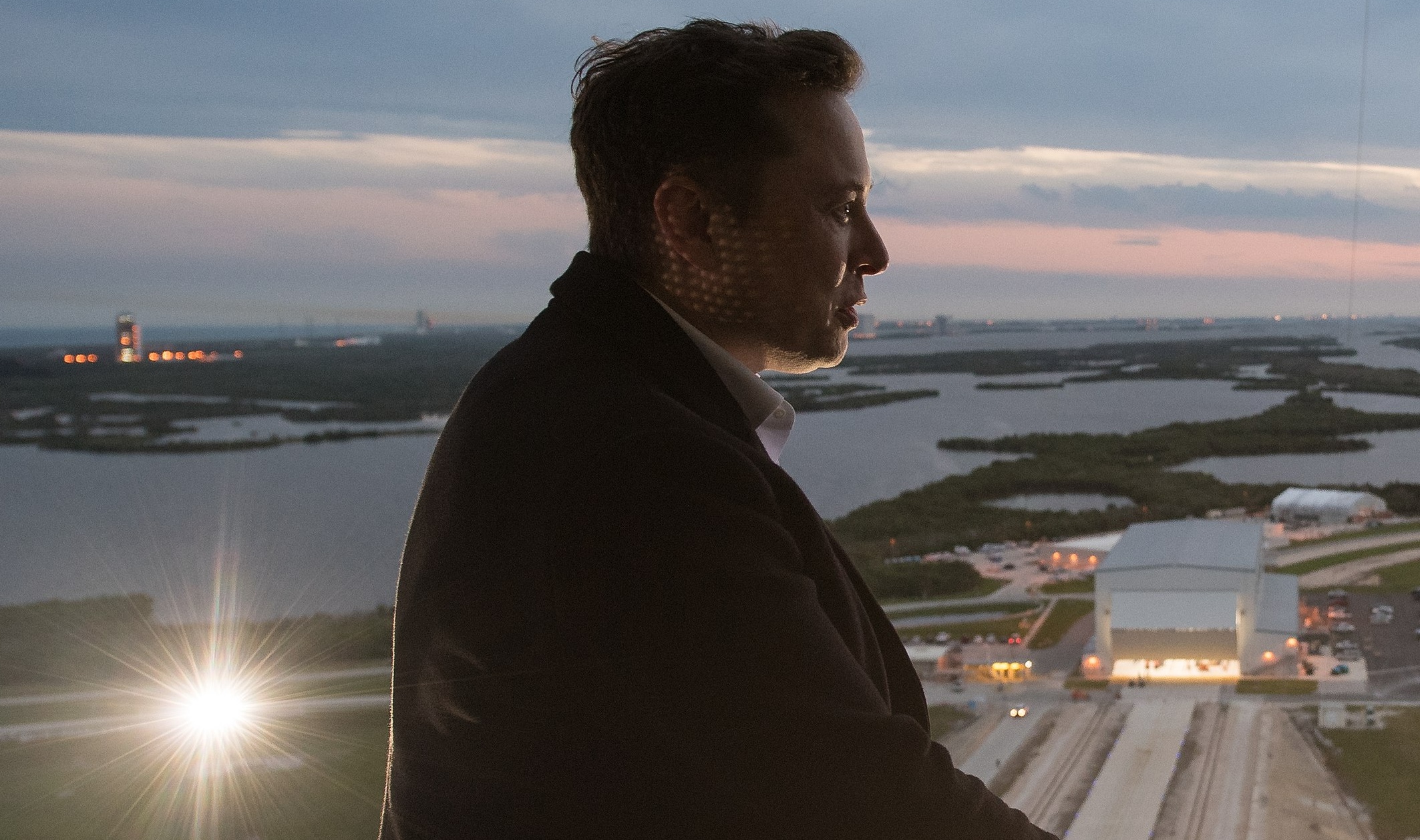
An X user with 184 followers has become the unlikely hero of the United States’ space program by effectively de-escalating a row between SpaceX CEO Elon Musk and President Donald Trump on social media.
Needless to say, the X user has far more than 184 followers today after his level-headed feat.
A Near Fall
During Elon Musk and Donald Trump’s fallout last week, the U.S. President stated in a post on Truth Social that a good way for the United States government to save money would be to terminate subsidies and contracts from the CEO’s companies. Musk responded to Trump’s post by stating that SpaceX will start decommissioning its Dragon spacecraft immediately.
Musk’s comment was received with shock among the space community, partly because the U.S. space program is currently reliant on SpaceX to send supplies and astronauts to the International Space Station (ISS). Without Dragon, the United States will likely have to utilize Russia’s Soyuz for the same services—at a significantly higher price.
X User to the Rescue
It was evident among X users that Musk’s comments about Dragon being decommissioned were posted while emotions were high. It was then no surprise that an X account with 184 followers, @Fab25june, commented on Musk’s post, urging the CEO to rethink his decision. “This is a shame this back and forth. You are both better than this. Cool off and take a step back for a couple days,” the X user wrote in a reply.
Much to the social media platform’s surprise, Musk responded to the user. Even more surprising, the CEO stated that SpaceX would not be decommissioning Dragon after all. “Good advice. Ok, we won’t decommission Dragon,” Musk wrote in a post on X.
Not Planned, But Welcomed
The X user’s comment and Musk’s response were received extremely well by social media users, many of whom noted that @Fab25june’s X comment effectively saved the U.S. space program. In a follow-up comment, the X user, who has over 9,100 followers as of writing, stated that he did not really plan on being a mediator between Musk and Trump.
“Elon Musk replied to me. Somehow, I became the accidental peace broker between two billionaires. I didn’t plan this. I was just being me. Two great minds can do wonders. Sometimes, all it takes is a breather. Grateful for every like, DM, and new follow. Life’s weird. The internet’s weirder. Let’s ride. (Manifesting peace… and maybe a Model Y.)” the X user wrote.
Lifestyle
Tesla Cybertruck takes a bump from epic failing Dodge Charger
The Cybertruck seemed unharmed by the charging Charger.
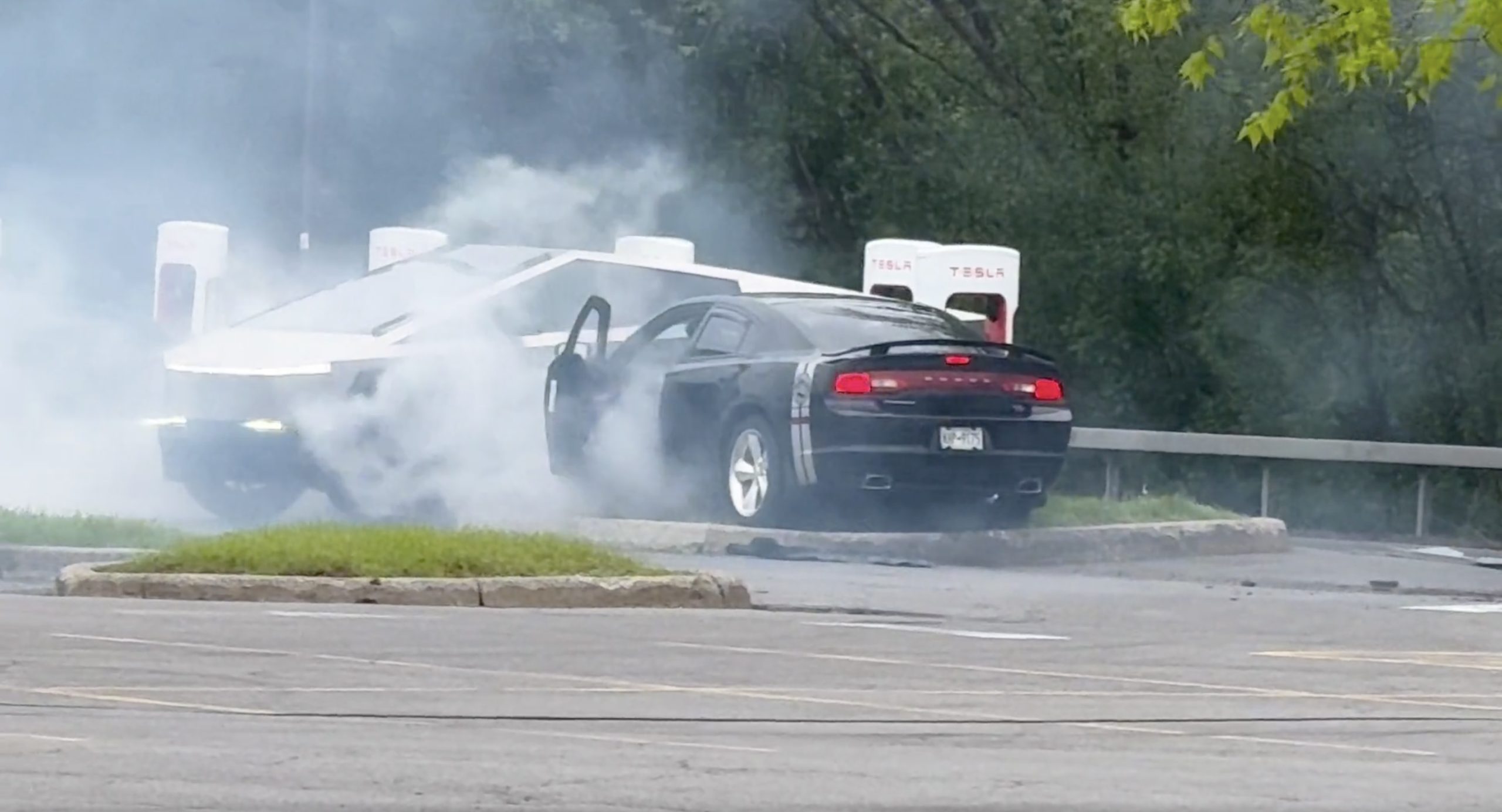
There comes a time in a driver’s life when one is faced with one’s limitations. For the driver of a Dodge Charger, this time came when he lost control and crashed into a Tesla Cybertruck–an absolute epic fail.
A video of the rather unfortunate incident was shared on the r/TeslaLounge subreddit.
Charging Charger Fails
As could be seen in the video, which was posted on the subreddit by Model Y owner u/Hammer_of_something, a group of teens in a Dodge Charger decided to do some burnouts at a Tesla Supercharger. Unfortunately, the driver of the Charger failed in his burnout or donut attempt, resulting in the mopar sedan going over a curb and bumping a charging Cybertruck.
Ironically, the Dodge Charger seemed to have been parked at a Supercharger stall before its driver decided to perform the failed stunt. This suggests that the vehicle was likely ICE-ing a charging stall before it had its epic fail moment. Amusingly enough, the subreddit member noted that the Cybertruck did not seem like it took any damage at all despite its bump. The Charger, however, seemed like it ran into some trouble after crashing into the truck.
Alleged Aftermath
As per the the r/TeslaLounge subreddit member, the Cybertruck owner came rushing out to his vehicle after the Dodge Charger crashed into it. The Model Y owner then sent over the full video of the incident, which clearly showed the Charger attempting a burnout, failing, and bumping into the Cybertruck. The Cybertruck owner likely appreciated the video, in part because it showed the driver of the Dodge Charger absolutely freaking out after the incident.
The Cybertruck is not an impregnable vehicle, but it can take bumps pretty well thanks to its thick stainless steel body. Based on this video, it appears that the Cybertruck can even take bumps from a charging Charger, all while chilling and charging at a Supercharger. As for the teens in the Dodge, they likely had to provide a long explanation to authorities after the incident, since the cops were called to the location.
Lifestyle
Anti-Elon Musk group crushes Tesla Model 3 with Sherman tank–with unexpected results
Ironically enough, the group’s video ended up highlighting something very positive for Tesla.

Anti-Elon Musk protesters and critics tend to show their disdain for the CEO in various ways, but a recent video from political action group Led By Donkeys definitely takes the cake when it comes to creativity.
Ironially enough, the group’s video also ended up highlighting something very positive for Tesla.
Tank vs. Tesla
In its video, Led By Donkeys featured Ken Turner, a 98-year-old veteran who served in the British army during World War II. The veteran stated that Elon Musk, the richest man in the world, is “using his immense power to support the far-right in Europe, and his money comes from Tesla cars.”
He also noted that he had a message for the Tesla CEO: “We’ve crushed fascism before and we’ll crush it again.” To emphasize his point, the veteran proceeded to drive a Sherman tank over a blue Tesla Model 3 sedan, which, of course, had a plate that read “Fascism.”
The heavy tank crushed the Model 3’s glass roof and windows, much to the delight of Led By Donkeys’ commenters on its official YouTube channel. But at the end of it all, the aftermath of the anti-Elon Musk demonstration ended up showcasing something positive for the electric vehicle maker.
Tesla Model 3 Tanks the Tank?
As could be seen from the wreckage of the Tesla Model 3 after its Sherman encounter, only the glass roof and windows of the all-electric sedan were crushed. Looking at the wreckage of the Model 3, it seemed like its doors could still be opened, and everything on its lower section looked intact.
Considering that a standard M4 Sherman weighs about 66,800 to 84,000 pounds, the Model 3 actually weathered the tank’s assault really well. Granted, the vehicle’s suspension height before the political action group’s demonstration suggests that the Model 3’s high voltage battery had been removed beforehand. But even if it hadn’t been taken off, it seemed like the vehicle’s battery would have survived the heavy ordeal without much incident.
This was highlighted in comments from users on social media platform X, many of whom noted that a person in the Model 3 could very well have survived the ordeal with the Sherman. And that, ultimately, just speaks to the safety of Tesla’s vehicles. There is a reason why Teslas consistently rank among the safest cars on the road, after all.
-

 Elon Musk1 week ago
Elon Musk1 week agoTesla investors will be shocked by Jim Cramer’s latest assessment
-

 Elon Musk20 hours ago
Elon Musk20 hours agoxAI launches Grok 4 with new $300/month SuperGrok Heavy subscription
-

 Elon Musk3 days ago
Elon Musk3 days agoElon Musk confirms Grok 4 launch on July 9 with livestream event
-

 News7 days ago
News7 days agoTesla Model 3 ranks as the safest new car in Europe for 2025, per Euro NCAP tests
-

 Elon Musk2 weeks ago
Elon Musk2 weeks agoA Tesla just delivered itself to a customer autonomously, Elon Musk confirms
-

 Elon Musk1 week ago
Elon Musk1 week agoxAI’s Memphis data center receives air permit despite community criticism
-

 Elon Musk2 weeks ago
Elon Musk2 weeks agoTesla’s Omead Afshar, known as Elon Musk’s right-hand man, leaves company: reports
-

 News2 weeks ago
News2 weeks agoXiaomi CEO congratulates Tesla on first FSD delivery: “We have to continue learning!”

